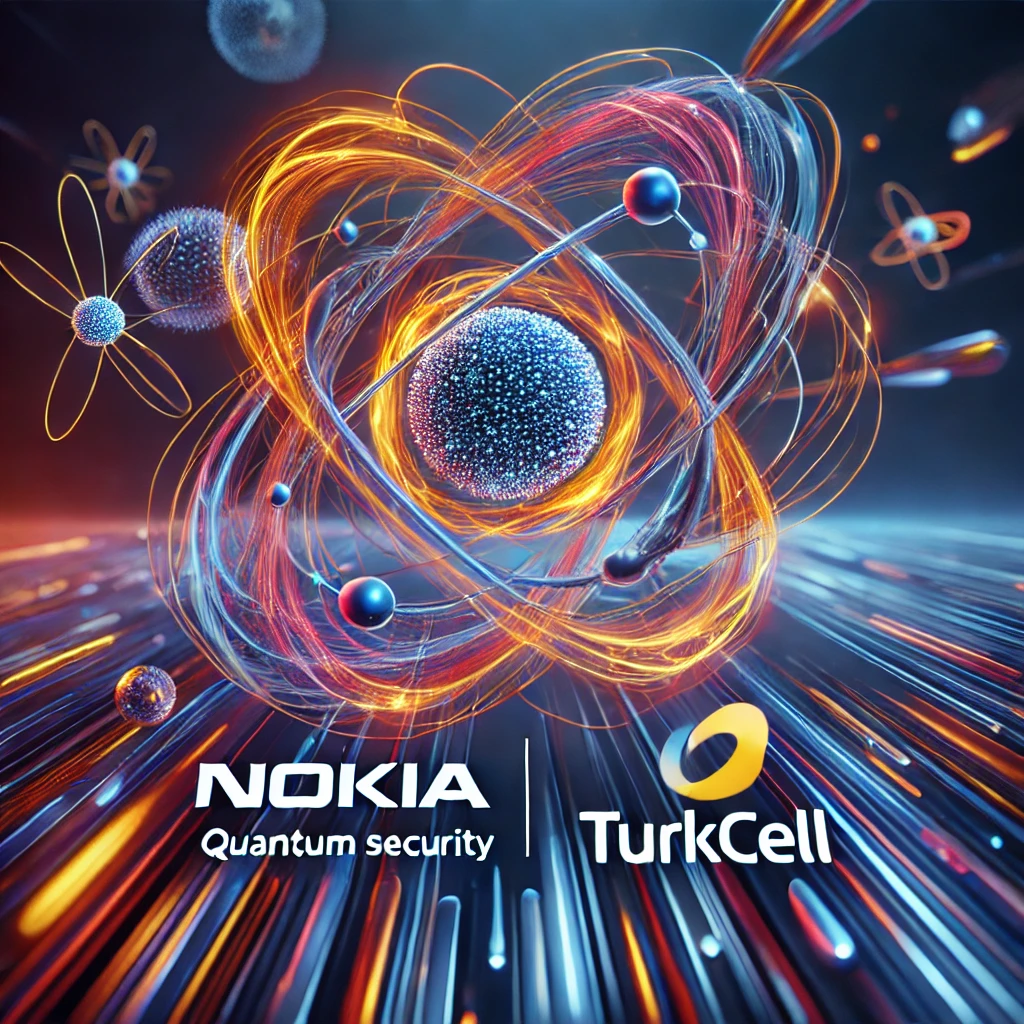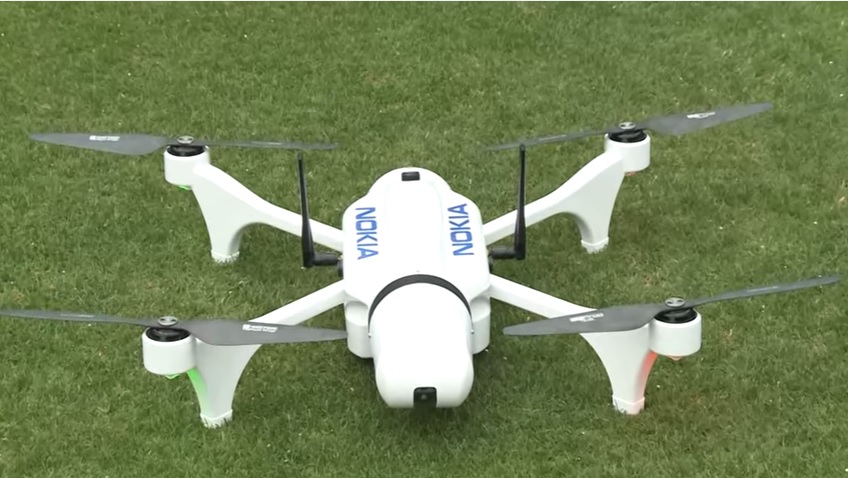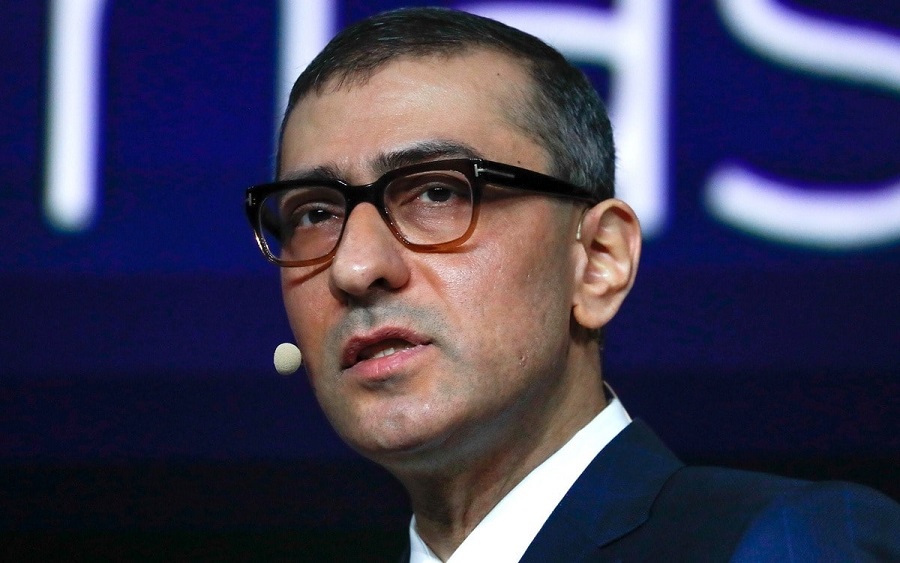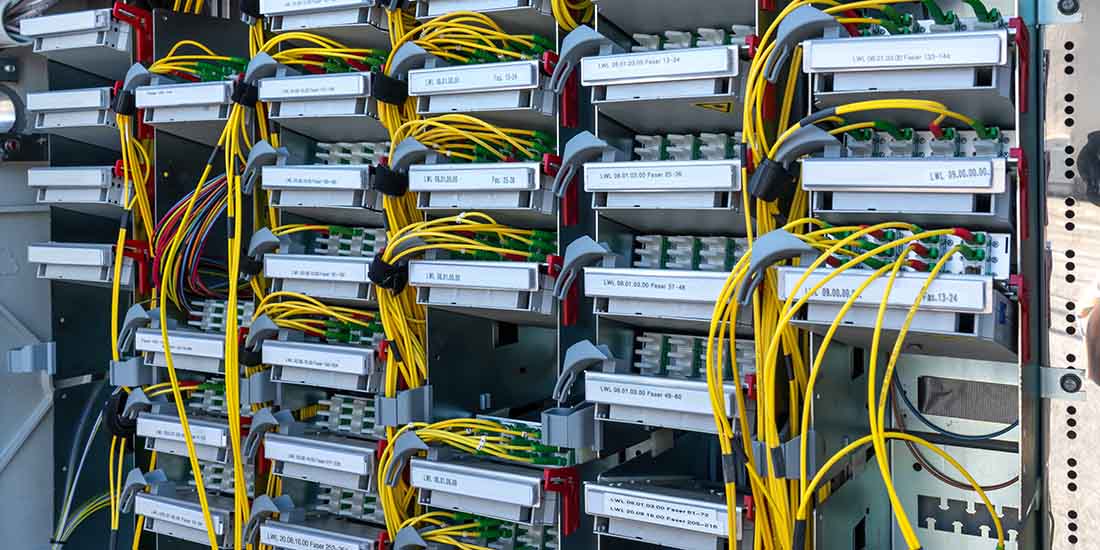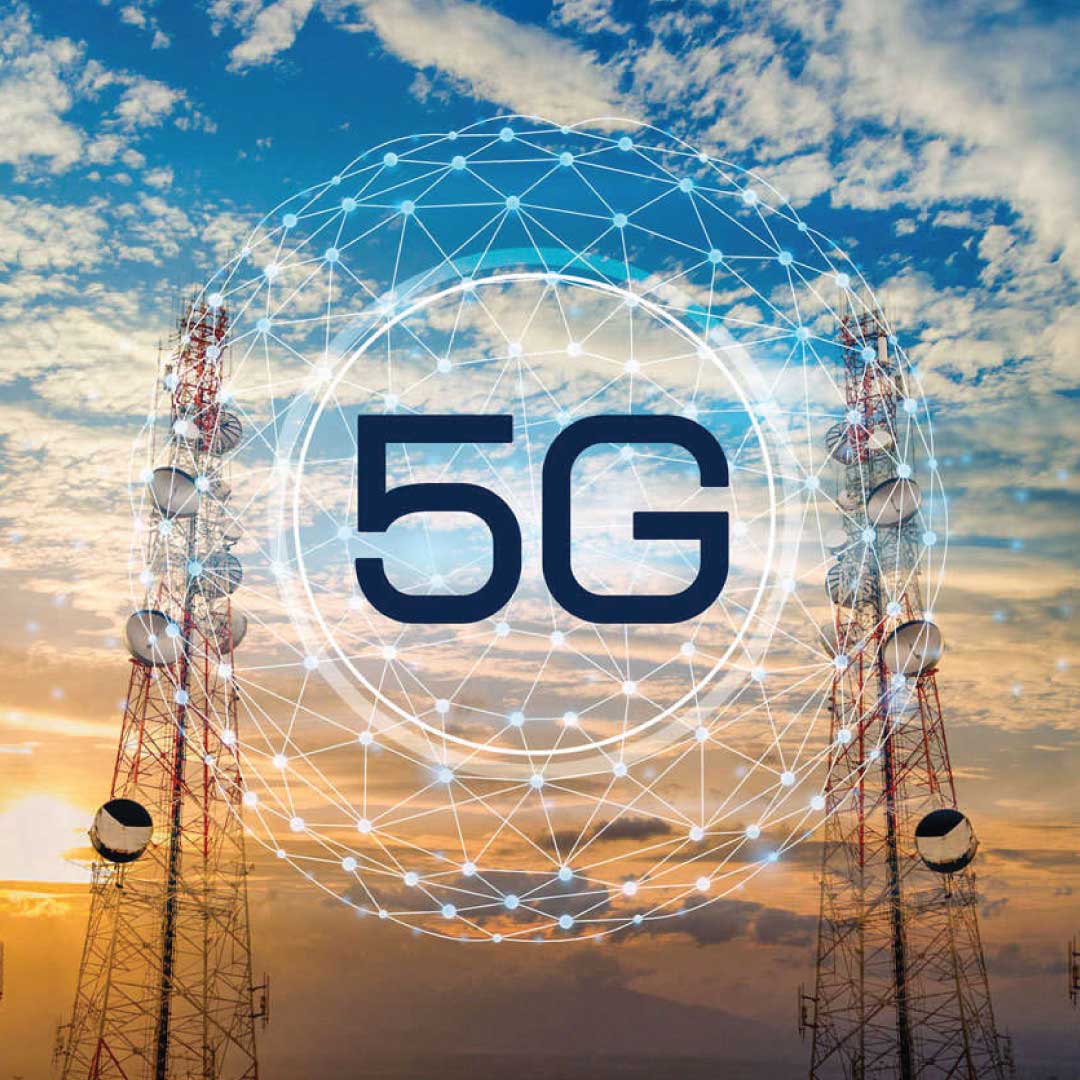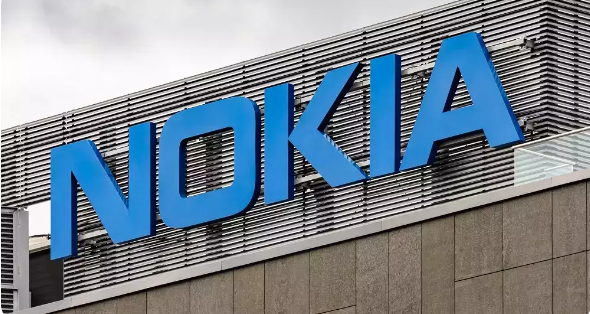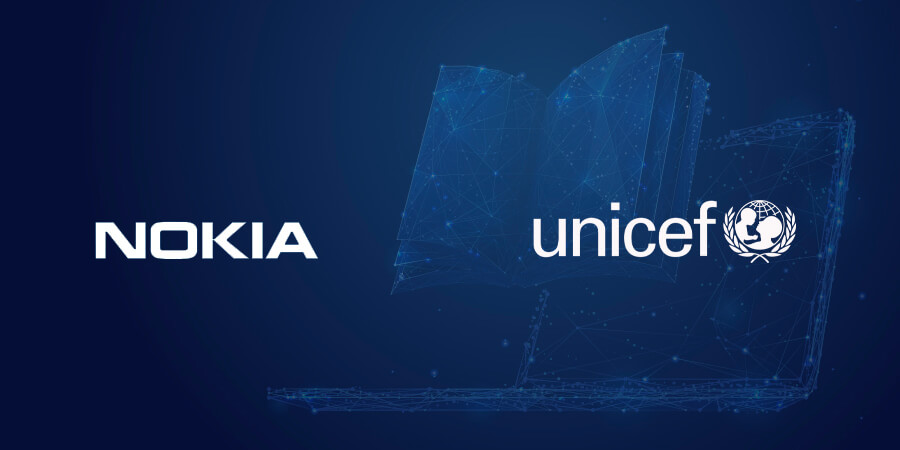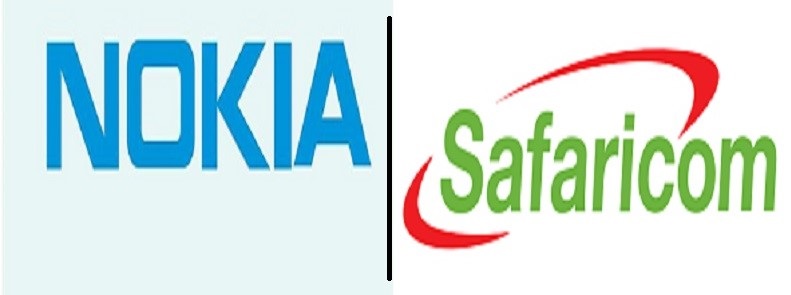Nokia and Turkcell announced a groundbreaking achievement in mobile network security by demonstrating quantum-safe IPsec cryptography.
Quantum-safe IPsec cryptography protects data communications from quantum computing threats by enhancing traditional IPsec with post-quantum cryptographic methods, ensuring robust security against advanced quantum attacks.
This collaboration, announced December 20 Friday, marks a significant advancement in protecting mobile communications against the potential threats posed by quantum computing.
Read also: Google’s VEO 2 simplifies video editing for content creators, outperforms Open AI’s Sora
A new era in network security
As quantum computing technology advances, conventional encryption methods encounter vulnerabilities that could jeopardise sensitive data.
To address this risk, Nokia and Turkcell have integrated quantum-safe cryptography into Turkcell’s mobile transport network.
This implementation employs Nokia’s IPsec Security Gateway to encrypt data packets at the network layer, thereby protecting communications for millions of subscribers.
Prof. Dr. Vehbi Çağrı Güngör, Turkcell’s Chief Network Technologies Officer, emphasised the importance of this initiative: “This test represents a significant milestone in the evolution of our network security…this collaboration with Nokia provides us with the confidence that our transport security can withstand the challenges of the quantum era”.
This reflects a wider industry recognition of the need for improved security measures in our increasingly digital world.
Read also: Apple faces legal scrutiny over alleged complicity in Congo’s human rights abuses
Future-proofing mobile communications
The successful demonstration not only sets a new benchmark for network security but also reassures users about the safety of their mobile communications.
Rafael De Fermin, Nokia’s Senior Vice President of Network Infrastructure Europe, stated, “Through our collaboration with Turkcell, we’ve shown how our quantum-safe IPsec technology can protect mobile networks against the evolving security threat landscape”.
This proactive approach helps both companies prepare for future challenges rather than just react to current threats.
This development has broader implications, serving as a template for the telecom industry to adopt quantum-resistant measures.
Nokia and Turkcell set an example for others by emphasising the need for collaboration among industry leaders to address evolving cybersecurity challenges.
